Criteria iii, iv, v UNESCO region Arab States | Type Cultural Reference 1348 UNESCO World Heritage Site inscription 2011 | |
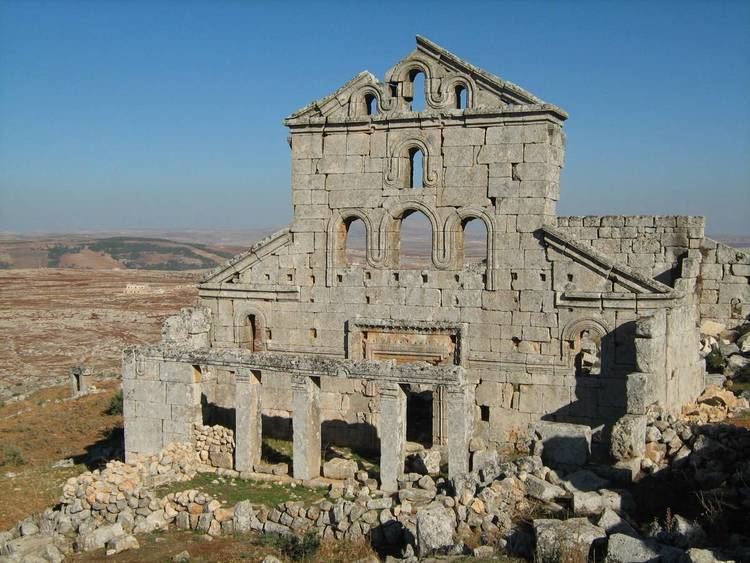 | ||
The Dead Cities (Arabic: المدن الميتة) or Forgotten Cities (Arabic: المدن المنسية) are a group of 700 abandoned settlements in northwest Syria between Aleppo and Idlib. Around 40 villages grouped in eight archaeological parks situated in north-western Syria provide an insight into rural life in Late Antiquity and during the Byzantine period. Most villages which date from the 1st to 7th centuries, became abandoned between the 8th and 10th centuries. The settlements feature the well-preserved architectural remains of dwellings, pagan temples, churches, cisterns, bathhouses etc. Important dead cities include the Church of Saint Simeon Stylites, Serjilla and al Bara.
Contents
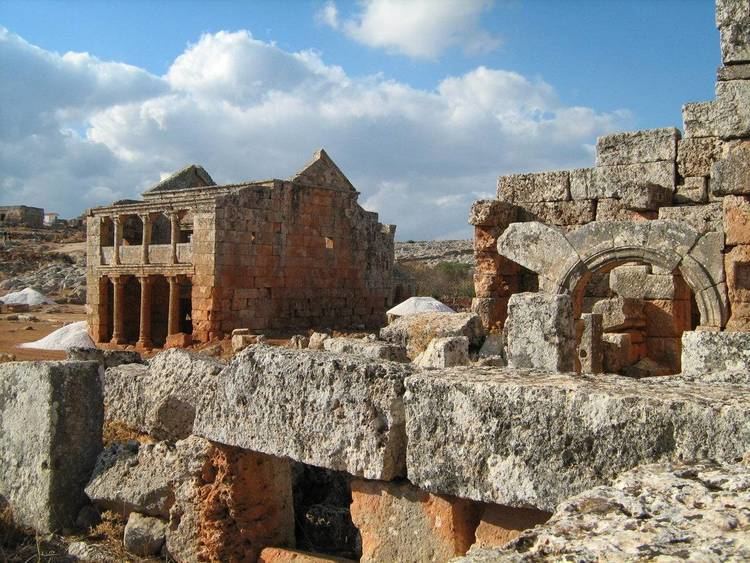
The Dead Cities are situated in an elevated area of limestone known as Limestone Massif. These ancient settlements cover an area 20–40 km (12–25 mi) wide and some 140 km (87 mi) long. The Massif includes three groups of highlands: the first is the northern group of Mount Simeon and Mount Kurd; the second middle group is the group of Harim Mountains; the third southern group is the group of Zawiya Mountain.
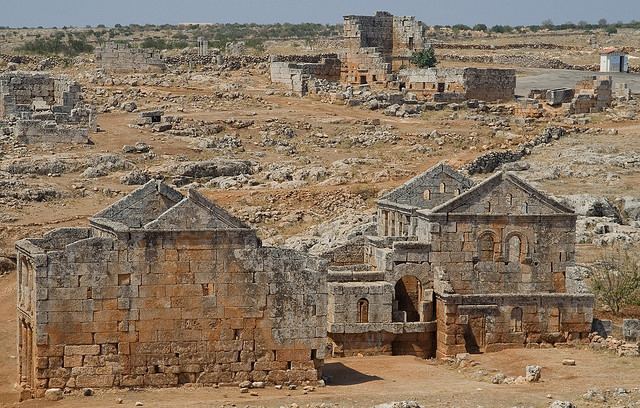
The exploited dead cities
History
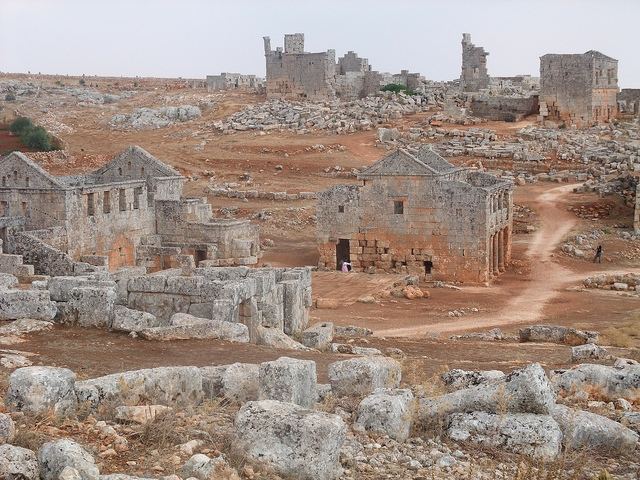
Chris Wickham, in the authoritative survey of the post-Roman world, Framing the Early Middle Ages (2006) argues that these were settlements of prosperous peasants which have few or no specifically urban features. The impressive remains of domestic architecture are the result of the prosperity of peasants who benefited from a strong international trade in olive oil at the end of Antiquity.

Another argument is that these were prosperous cities that flourished because they were located along major trade routes in the Byzantine Empire, and not merely prosperous peasant settlements. After conquest by the Arabs, the trade routes changed, and as a result these towns lost the majority of the business which fostered their economies. On this view, settlers eventually abandoned their towns and headed for other cities that were flourishing under the Arabs and the Umayyads as increasing urbanisation took its toll.

The ancient villages of the Dead Cities illustrate the transition from the ancient pagan world of the Roman Empire to Byzantine Christianity.
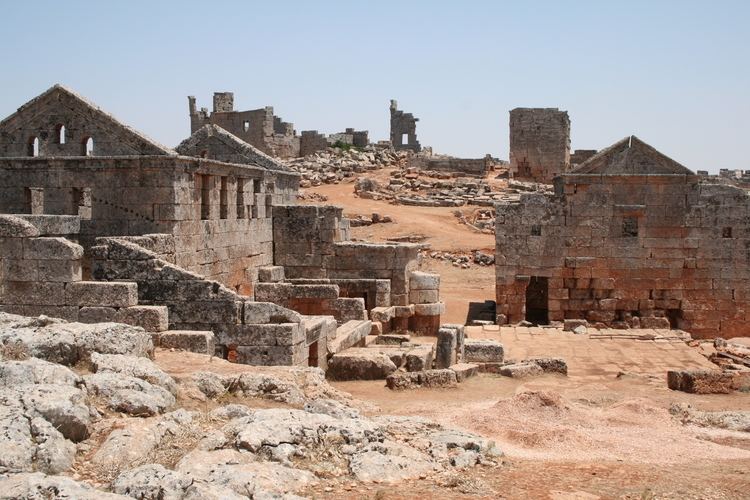
The majority of the dead cities are well-preserved, and tourists can access the sites quite freely despite the ongoing archaeological excavations and some restoration work, though some of the Dead Cities are quite difficult to reach without a guide.
Relatively few of the Dead Cities have any archaeological excavations taking place, and unfortunately the majority of people living in close proximity to them have no understanding of their importance. However, the local inhabitants are always welcoming to visitors.
Recently, most sites became easily accessible since many roads have been asphalted. There is a guidebook with a detailed map that is extremely useful for finding the lesser known sites; The Church of St Simeon Stylites and Other Archaeological Sites in the Mountains of Simeon and Halaqa (Arabic text by Abdallah Hadjar, translated by Paul Amish).
Dead Cites were inscribed as a UNESCO World Heritage Site in 2011, under the name of "Ancient Villages of Northern Syria".
Archeological sites
Dead cities and archeological sites in Limestone Massif include:
